On the morning of August 15, the Ho Chi Minh City National Assembly Delegation held a conference to collect opinions on the draft Political Report of the Ho Chi Minh City Party Congress, term 2025-2030. Comrade Nguyen Van Loi, member of the Party Central Committee, Head of the Ho Chi Minh City National Assembly Delegation, chaired the meeting.
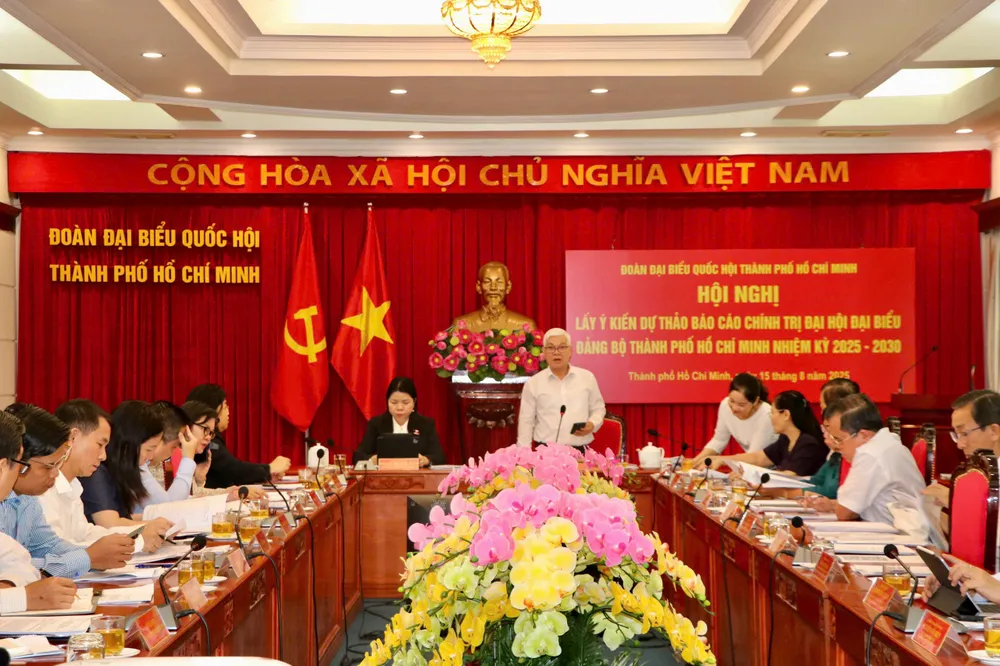
People need to make specific commitments to eliminate flooding.
Participating in the discussion, delegate Truong Trong Nghia expressed his concern that the draft content only stopped at stating the urban wastewater collection rate. According to him, what people really care about is not the technical numbers, but the question "can flooding be eliminated?" For the past 20 years, the city has been repeating the "wastewater collection" target, but has not answered the core wishes of the people.
Therefore, delegate Truong Trong Nghia suggested that it is necessary to clearly state what the flood eradication program will do in the next 5 years, how many flooded areas will be eliminated, even though it cannot be completely eliminated, but at least it must be specified.
Regarding the tasks and solutions for economic development, delegate Truong Trong Nghia commented that the draft has not yet properly reflected the position of Ho Chi Minh City, so he suggested a new approach, clearly defining that Ho Chi Minh City needs to develop both the aviation economy and not just limit itself to the maritime economy.
Delegate Truong Trong Nghia analyzed that Ho Chi Minh City is a large city with favorable conditions for strong development of the aviation economy. Large cities in the world all attach great importance to this field.
Mr. Truong Trong Nghia cited New York as an example, with a population of less than 10 million people, a smaller area than Ho Chi Minh City, but it already has 3 international airports and is building a 4th airport. Meanwhile, Long Thanh airport is under construction, but that cannot be the reason for Tan Son Nhat to be narrowed down. He suggested that Tan Son Nhat airport must be modernized and a network of international and domestic airports must be developed to meet the needs and orientation of modern urban development.
The delegate also emphasized that the resolution needs to add aviation elements to the goals of economic infrastructure development, especially in the coastal corridor area. He gave a practical example: a resident used a drone for irrigation to save the lives of drowning children. That shows that if the aviation sector is not developed, the city will fall into traffic congestion and miss out on a huge economic potential.
Need to solve the problem of budget and practical resources
Commenting on the development goals, delegate Mai Quoc Binh assessed the content presented in the draft as very good and very high. However, what made him concerned was the issue of resources.
According to Mr. Mai Quoc Binh, the budget ratio left for Ho Chi Minh City is not enough for investment and development to create a breakthrough development. The delegate commented that if there is a lack of resources, it will lead to a conflict between desire and reality. The formation of Ho Chi Minh City as it is now can help increase budget revenue, but if the regulation ratio does not change, the city will still face the old problem.
The delegates expressed that Resolution 98 of the National Assembly is like a policy “stick”, an important tool to help the city deal with the budget deficit. Therefore, the city needs to turn Resolution 98 into a real resource and make this content a key task in the upcoming Congress resolution.
In addition, the delegate suggested recalculating the entire volume of assets and existing physical resources of the city to consider the ability to mobilize and convert them into new cash flows. Specifically, if planning is adjusted and land use purposes are converted appropriately, land value will increase sharply, thereby being able to collect the difference for reinvestment. From there, the delegate suggested activating all resources that are "dormant", both physical and human resources, to transform them into investment and development resources.
Piloting 2 free trade zones to avoid widespread investment
Speaking on the issue of building free trade zones, delegate Nguyen Tam Hung said that the Prime Minister has approved the master plan for development until 2030, with a vision to 2050. In particular, after the merger, Ho Chi Minh City is planned to have a total of 5 free trade zones: Ho Chi Minh City (formerly) has 1 zone in Can Gio, Ba Ria - Vung Tau (formerly) has 1 zone in Cai Mep Ha and Binh Duong (formerly) has 3 zones in An Binh, Bau Bang and Tan Uyen.
However, the draft political report has not mentioned it fully and the project's goals are too large. The fact that Ho Chi Minh City after the merger will take on all 5 zones in one term is too spread out, exceeding the budget capacity. Therefore, in the next term, the city only needs to consider selecting 2 zones for the pilot. At the same time, it is necessary to quickly identify the tasks and key solutions, with an effective implementation roadmap, linked with regional connectivity, logistics, job creation and building related supply chains.
Delegate Nguyen Tam Hung also noted the issue of public assets and surplus headquarters after the merger. The country has more than 4,600 surplus public headquarters after the merger. Without effective exploitation and utilization solutions, these headquarters will quickly deteriorate, causing great waste and affecting urban aesthetics.
Documents must be so that people can see themselves in them.
Head of the Ho Chi Minh City National Assembly delegation Nguyen Van Loi highly appreciated the spirit of the delegates' speeches. All comments will be fully summarized, promptly reported, absorbed, and completed in the draft document. He shared that this resolution must be an action document, written so that people can read it and see themselves in it, thereby creating excitement and confidence in the future.
He also noted that after the merger of the three localities, there was no overall plan for the new city. Therefore, in this resolution, it is necessary to clearly orient the upcoming planning policy, emphasizing the review, adjustment, integration and taking advantage of development opportunities.
Comrade Nguyen Van Loi also said that there should be a policy to relocate production facilities and residents that are no longer suitable for the planning, towards the West, Northwest, and Northeast of Ho Chi Minh City.
Source: https://www.sggp.org.vn/can-xem-kinh-te-hang-khong-la-dong-luc-moi-cho-tphcm-cat-canh-post808523.html



![[Photo] Exciting contest of skillful red fruit picking and creativity from Son La coffee beans](https://vphoto.vietnam.vn/thumb/1200x675/vietnam/resource/IMAGE/2025/11/15/1763201832979_ndo_bl_3-jpg.webp)
![[Photo] General Secretary To Lam receives Governor of Kanagawa Province (Japan) Kuroiwa Yuji](https://vphoto.vietnam.vn/thumb/1200x675/vietnam/resource/IMAGE/2025/11/15/1763204231089_a1-bnd-7718-5559-jpg.webp)

![[Photo] Action for the Community tells stories of enduring journeys – both intimate and great, yet quiet and determined](https://vphoto.vietnam.vn/thumb/1200x675/vietnam/resource/IMAGE/2025/11/15/1763179022035_ai-dai-dieu-5828-jpg.webp)
![[Photo] The Government Standing Committee reviews the planning project of the Red River landscape avenue axis](https://vphoto.vietnam.vn/thumb/1200x675/vietnam/resource/IMAGE/2025/11/15/1763197032149_dsc-0163-jpg.webp)


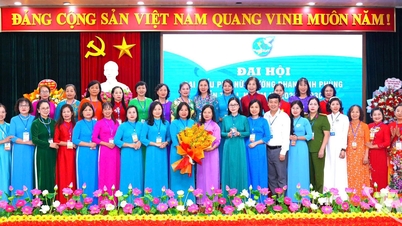

![[Infographic] Main development goals and targets for the 5-year period 2026-2030](https://vphoto.vietnam.vn/thumb/402x226/vietnam/resource/IMAGE/2025/11/13/1763013984385_cdn-nhandan-vn-images-22f099ca8bc7ae81aa2a8d3416a84bf8267bcc4f3a0ec01ee7b087ca4f1e19412ad321b4a75a62c5b1a9229f3bdfa20548b9382a8c3d1e37736b78a1be2bbad7-_1763006939481-1.jpeg)

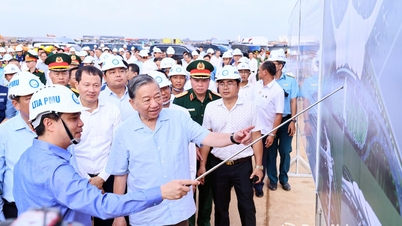






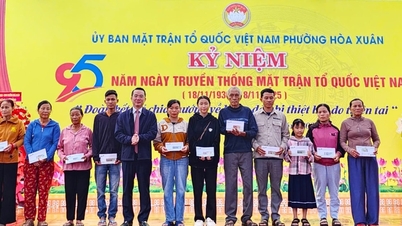



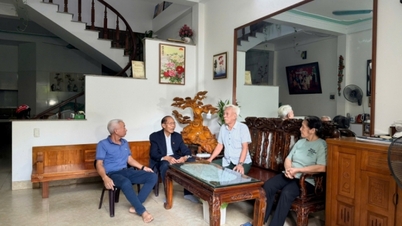


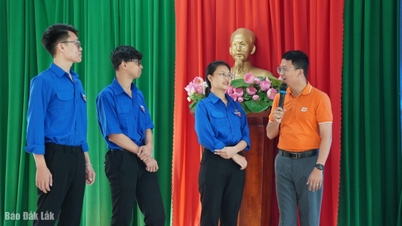





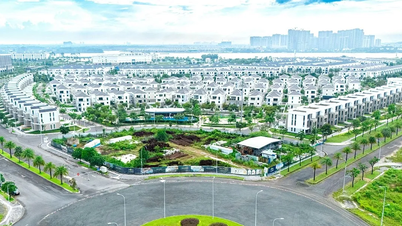

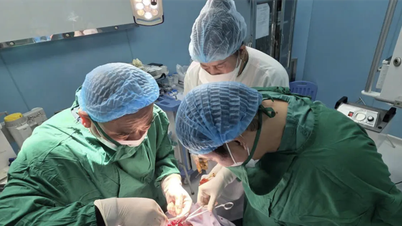
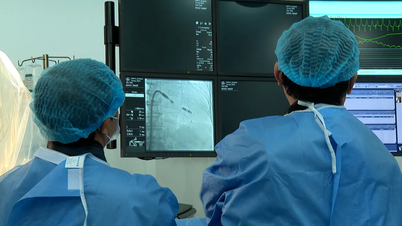

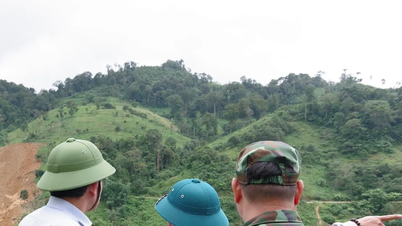

![[Photo] Panorama of the 2025 Community Action Awards Final Round](https://vphoto.vietnam.vn/thumb/1200x675/vietnam/resource/IMAGE/2025/11/15/1763206932975_chi-7868-jpg.webp)




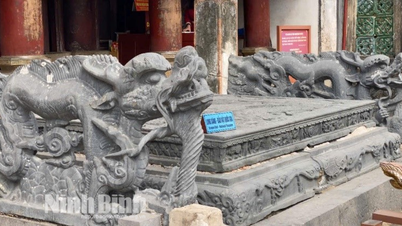
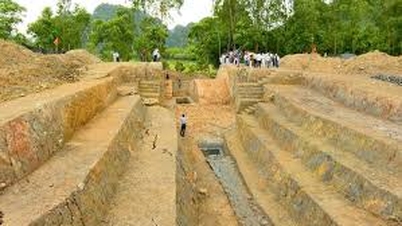














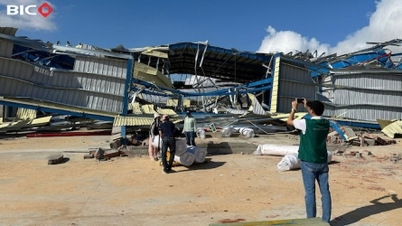







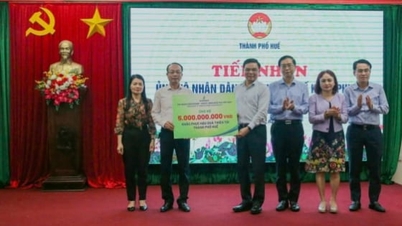





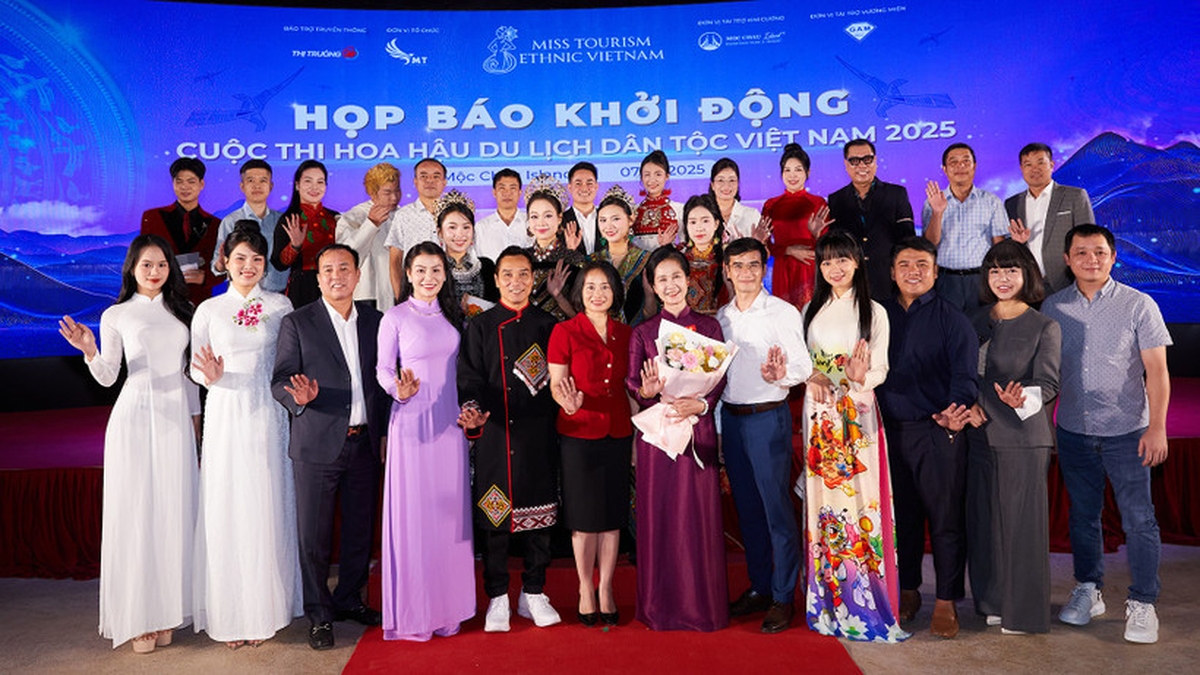
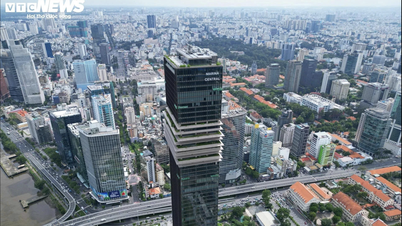


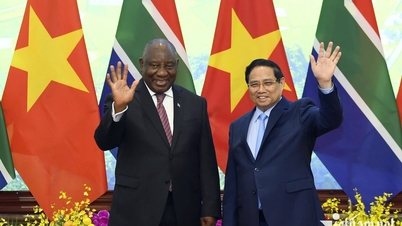



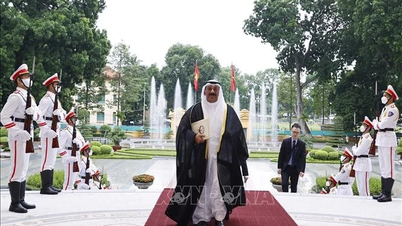
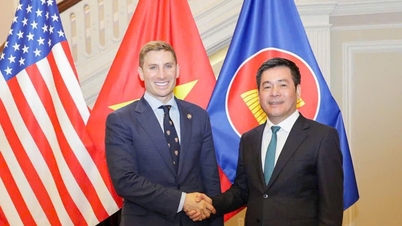


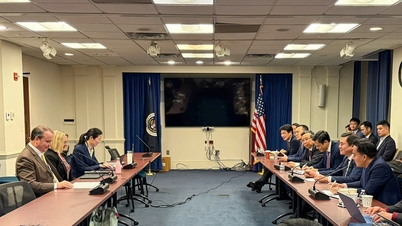

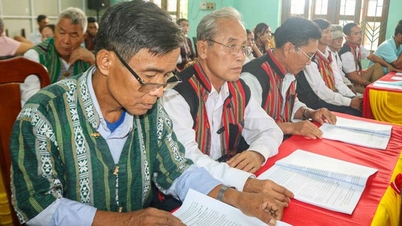
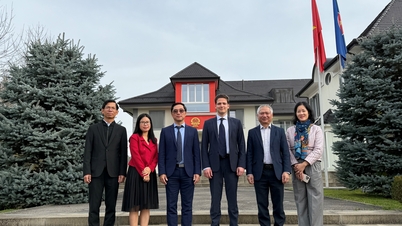
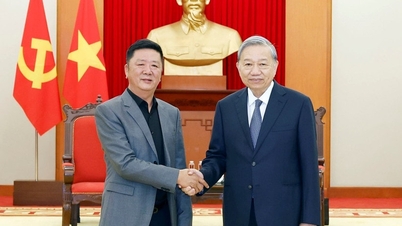

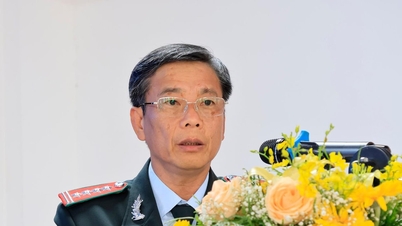
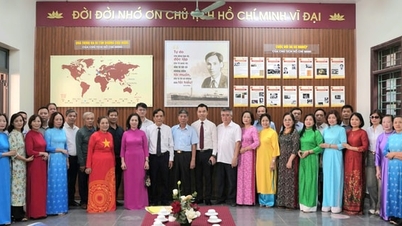
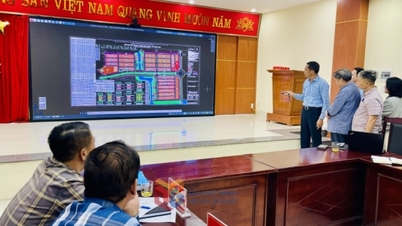



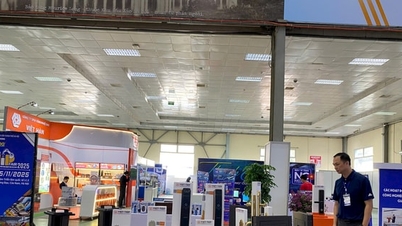

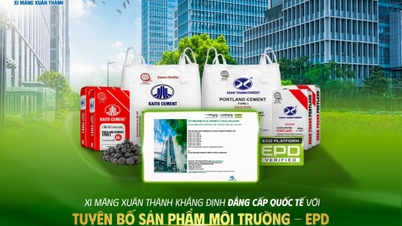
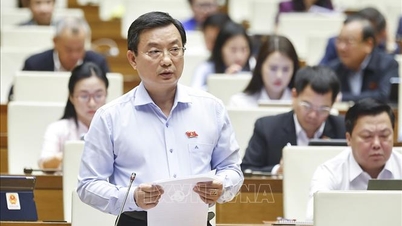







Comment (0)